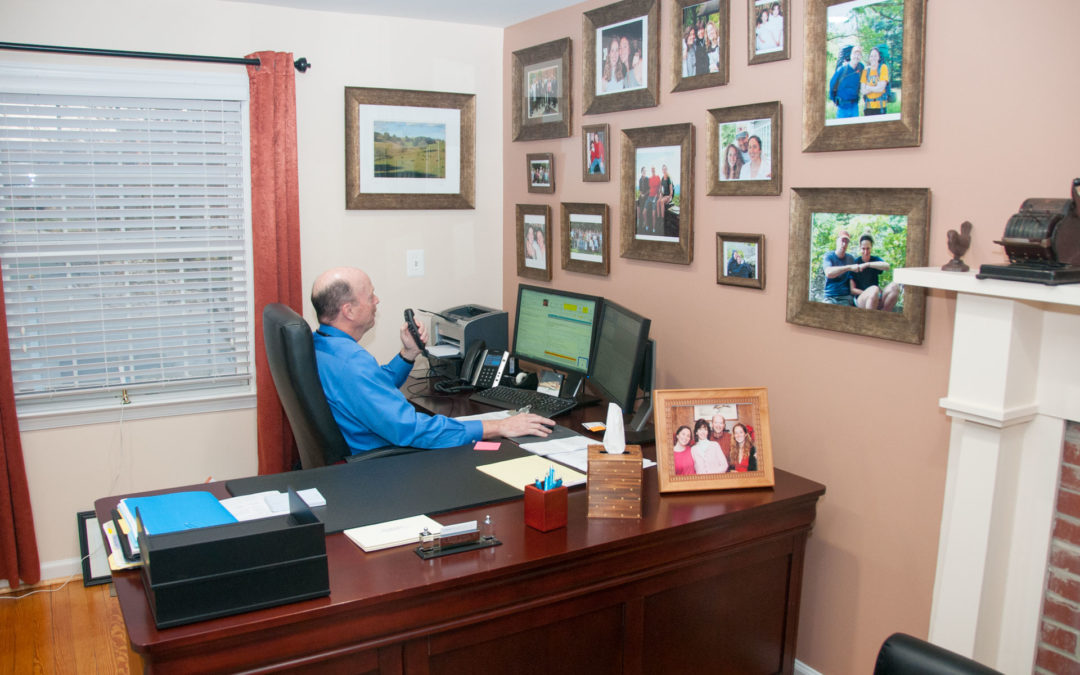What is Concierge Medicine?
“Concierge medicine” goes by a variety of names-boutique care, retainer practice, personalized care, direct primary care, membership medicine, private physician care. No matter what you call them, concierge type practices limit the number of patients-per-physician in order to allow for greater access to care. These types of practices typically charge an annual fee which allows a physician to limit their patient panel to 300-600 patients instead of the usual 2000-3000 patient panel that is the norm in today’s mainstream primary care practices (also known as assembly line care and treadmill practices).
There are generally two types of concierge practices. First, there are those practices that charge an annual fee and still charge insurance companies a fee for service, the same way mainstream practices do. (This is the MD VIP model). The second model does not bill any fee-for-service, so that the only fee that the patient pays is the annual fee. In this model, there are no co-pays or deductibles or other fees that are part of an insurance driven model. Much simpler! (This is the Lynch Primary CARE model).
What are the benefits of concierge type practices? If you ask patients, here’s what they would tell you:
- Much better access, including same-day appointments, timely callbacks, after hours phone availability.
- Much more time with the provider. No longer rushed.
- Less time in the waiting room. No longer frustrated.
- Fewer trips to the emergency department or local urgent care centers.
- Fewer referrals since the provider now has more time to diagnose and treat in-house.
- Expedited referrals with more provider to provider communication. (It is not unusual for our patients to see a specialist within 1 or 2 days of a referral).
- Access to a provider that knows not only your medical background but knows and understands your personal beliefs, life stressors, your habits and other background information that makes you a unique individual.
- Your provider has the time and motivation to be your advocate and healthcare resource.
- Lower overall cost of care by keeping patients out of the hospital.
What is the downside to concierge type practices?
There are two commonly cited concerns. First is the possibility that we are creating a 2 tier system. From my perspective this has been absolutely untrue. My current patient population hails from essentially the same demographics as my mainstream practice from 1987 through 2007. A fee that boils down to $4.65 per day is generally not a deal breaker for the majority of patients. Furthermore, there are many patients who want or need the extra time and access that is inherent in these practices. Concierge type practices make this option available, the same way that private schools coexist with public schools. It means patients have greater options.
Secondly, some have expressed concerns that concierge type practices will decrease the already too shallow pool of primary care physicians. The reality is that concierge type practices have created an option for primary care physicians who are burned out (a number that is estimated to be in the 50% range) or who just do not like the current model. Instead of leaving medicine altogether, they can “downsize” (or “right size”) into this more sustainable model. Furthermore, mainstream primary care medicine has become an unattractive model for medical students who have overwhelmingly chosen specialties over primary care practices, which has been a main driver for primary care shortages. The concierge model of practice is a much more attractive and sustainable model which may have the potential to attract more medical school graduates into the primary care area once again.
In summary, concierge type practices result in an option for significantly greater access for patients which results in happier patients, a more sustainable model for primary care physicians and well-documented healthcare savings for the system. Not everyone wants or needs this option, but for those who do, there is no better model out there!


